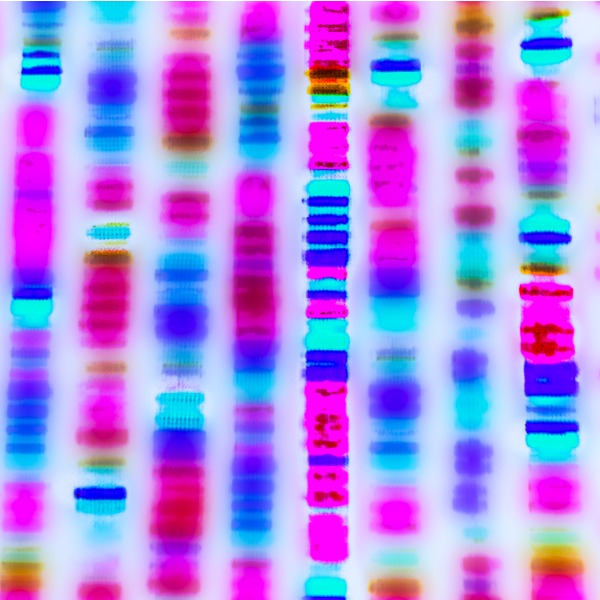Sanger Sequencing

Graphic representation of the DNA sequence (Gio_tto, iStockphoto)

Graphic representation of the DNA sequence (Gio_tto, iStockphoto)
7.84

Graphic representation of the DNA sequence (Gio_tto, iStockphoto)

Graphic representation of the DNA sequence (Gio_tto, iStockphoto)